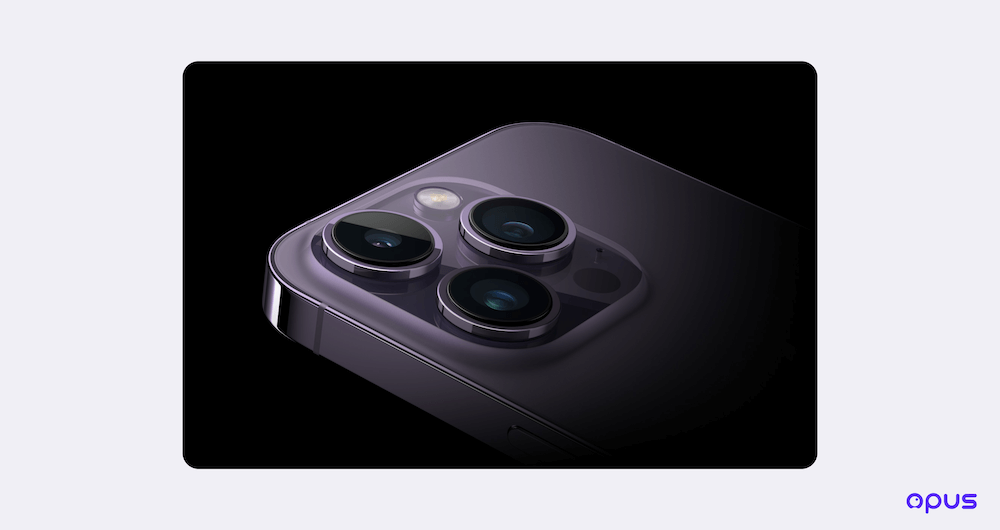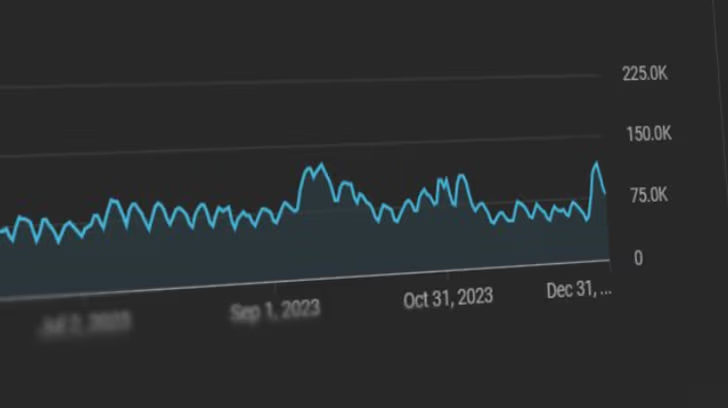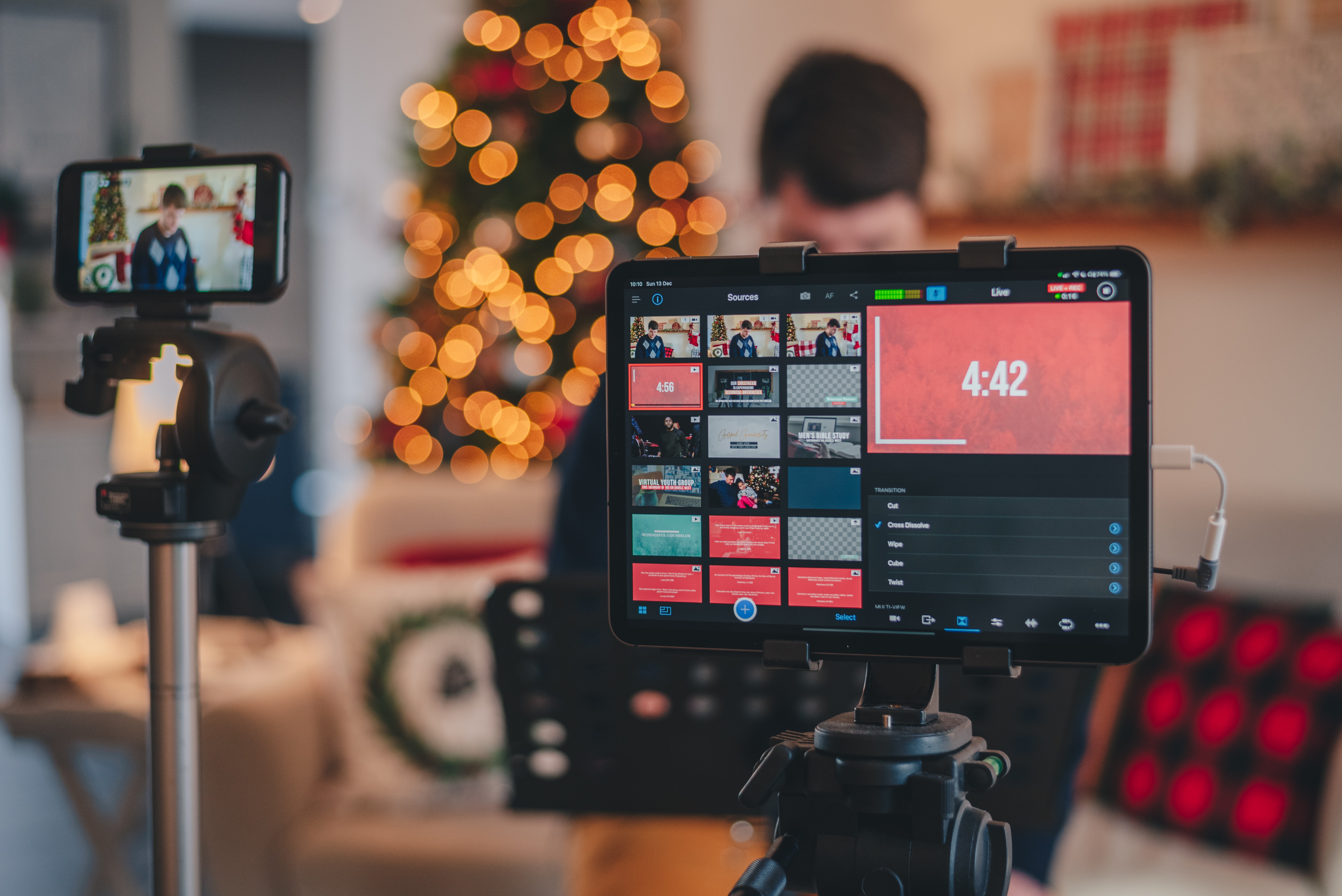Best Cameras for Live Streaming - From Webcams to DSLRs
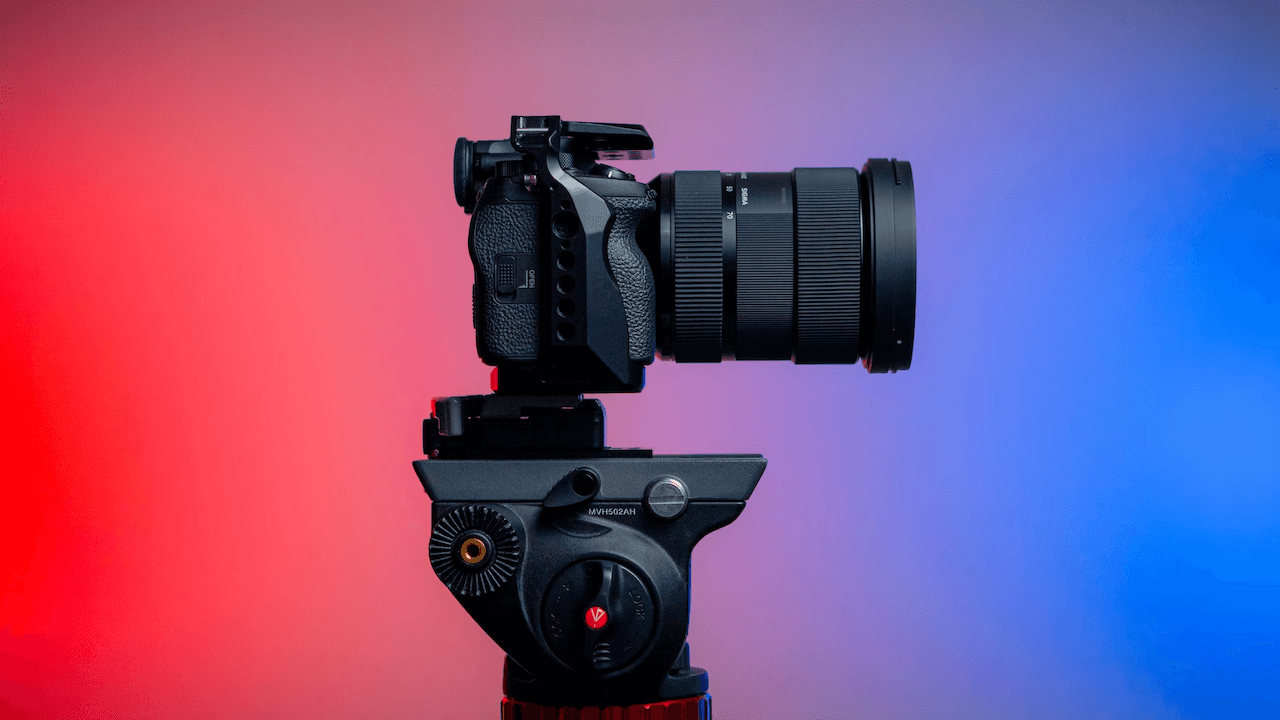
If you’re on the hunt to acquire the best camera for your live streaming set-up, you may be feeling a little overwhelmed by the seemingly endless options out there. Should it be a smartphone, DSLR or mirrorless camera, or perhaps a webcam - and if it’s a webcam, should you opt for a standard or AI-enabled model?
As you’re likely discovering, you are well and truly spoiled for choice when it comes to narrowing down the best cameras for live streaming. Luckily for you, however, we are on hand to guide you through a deep dive into the wonderful world of cameras, and assist you in finding the one that best suits your needs.
Naturally, your budget is an important consideration to make before investing in a new piece of technology equipment. No matter how flexible you can afford to be with your finances, there should be a decent camera within your reach. In this post, we will talk about the best cameras for live streaming. We will cover criteria for selecting cameras, types of cameras, and the importance of lighting. Let's get started!
Criteria to assess cameras
Let’s first take a look at the criteria to assess any potential cameras against, so you know what to keep an eye out for.
1. Image quality
Image quality is largely determined by the video resolution. Using the standard aspect ratio for TVs and computer monitors (16:9), video resolution is represented by the number of pixels within each frame.
For instance, 1080p is named as such, due to displaying 1080 pixels vertically (and 1920 pixels horizontally). Following the same logic, 720p resolution is also named after the number of pixels in its vertical plane (and it displays 1280 pixels horizontally).
Bucking the trend slightly, 4K resolution takes its name from its (almost) 4,000 horizontal pixels. The specifications of most 4K displays are 3840 x 2160 pixels, making it a significant step up from its 1080p counterpart.
If you remember one key fact about image quality when shopping around for a camera, let it be this. While the best cameras for livestreaming tend to stand out in more ways than one, image quality will always be one of the most important. As camera resolution gets higher, the detail will increase, resulting in a more realistic video (and livestream). This will be particularly noticeable when viewed from close-up.

2. Color grading
Color grading is essentially used to create a stylistic effect by adjusting the image in a way. You may choose to darken or lighten certain elements in order to make the features shine. Apps such as Instagram have introduced very basic color grading through the use of filters.
Some cameras offer in-built features like color grading, allowing photographers to capture shots in a new aesthetic such as an old-school film stock vibe, or the classic black and white look.
3. Lens and focus
In simple terms - because there’s a lot of technology that happens behind the scenes - the function of a camera lens is focusing the light from a scene and directing it toward the sensor.
The focal length of your lens is a crucial factor in the quality of your images and videos and determines how much of the scene you’ll be able to capture. In addition, it will impact the depth of field, which allows you to focus on small objects at long range, as well as the perspective and scale of your shots.
One of the key influences that focal length can have is image shake - the blurriness and drop in image quality that is triggered by the vibration of the shutter release. Having said that, it’s not the end of the world as a decent tripod can alleviate image shake.
4. Frames per second
To the average person watching a film or video, it appears as one continuous recording. In reality, cameras record multiple images or frames. When played back at a high enough speed, they will appear in a smooth and fluid motion.
Whether you’re looking for the best camera for live streaming, or your needs lie with photography or videography, frame rate is of the utmost importance. Frame rate is the measurement of how many frames appear on the screen per second, which is why it’s also known as frames per second, and often abbreviated to FPS. The standard frame rate for smartphones, TV broadcasts, motion pictures, and yes, streaming video content, is 24 fps. The golden rule to keep in mind with FPS is the higher, the better.
4 types of streaming cameras to choose from
While the best livestreaming camera may vary from person to person depending on their specific needs, there are ultimately four main categories of live streaming cameras to choose from: smartphones, standard webcams, AI-powered webcams, and DSLRs/mirrorless cameras.
1. Smartphones
Using a trusty smartphone to kickstart your live-streaming career can be a great idea for several reasons. These include, but aren’t limited to:
- The affordability that you won’t find with some of the bigger ticket recording setups on the market
- The accessibility to start right away, as the phone will already have a camera and microphone built-in, as well as app support for any software you need
- The convenience that comes with the mobility of a smartphone, allows you to create live streams on the go from anywhere in the world with little need for planning
- The ability to jump into a live stream at a moment’s notice and take advantage of the very minimal set-up required
If you’re going down the path of using a smartphone as your video source, some recommended apps to arm yourself with are Camo if you’re an iPhone user, or Droidcam for Android owners.
One final note worth making is that if you plan to go live on TikTok and haven’t yet unlocked a TikTok stream key, then choosing the right smartphone camera is especially important. Because streaming from a PC is only possible if you have been granted a TikTok stream key, you will initially be stuck streaming directly through the TikTok app using your phone’s camera. If TikTok is a part of your streaming plans, then the best live streaming camera for you could simply be a smartphone!
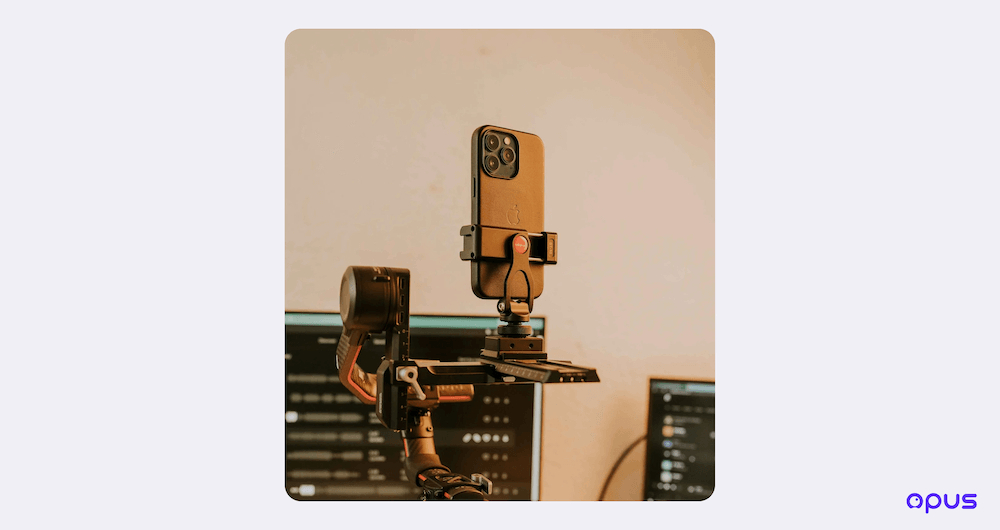
2. Standard webcams
The world of live streaming creators is a competitive one, so in order to get the edge, you may want to step up your game and upgrade from your laptop or desktop computer’s built-in camera. Not only will this provide added flexibility with the positioning of the camera for your streams, but an HD webcam will make your content look sharp and high-quality.
Regardless of your niche or budget, there is a webcam out there for you. If you’re looking to invest in your live streaming, there are some great selections on the market that can support HD, 4K, and up to an impressive 60fps. For the perfect streaming setup, any extra resolution or boost to frame rate can certainly come in handy, but they do of course come at a cost.
The webcam you choose will probably come down to your brand of content. For instance, a makeup creator focused on capturing their latest looks in close-up style may have different preferences than a gaming content creator.
3. AI-powered webcams
It’s no secret that over the last few years, technology has been forced to carry the responsibility of the vast majority of our personal and professional social interactions like never before. We have been working, playing, keeping in touch with loved ones, and discovering new online side hustles all from the comfort of our own homes.
Thanks to this, webcam technology is evolving at an epic rate. Gone are the days of blurry, pixelated, laggy video calls. The latest style hitting the market is the AI-powered webcam, and it’s geared to be the way of the future for webcams. These webcams use AI in real-time, in order to improve picture quality, focus, and more.
With an overall mission to keep you perfectly situated within the frame, and providing automatic adjustment of brightness, contrast, and color levels, some of the exciting features to improve your live streaming capabilities are:
- Tracking your every move, or glance, away from the camera
- Utilizing software or a pan-tilt-zoom (PTZ) gimbal to keep you in the center of the frame, no matter how you move around
- Blurring distractions or backgrounds to focus on the action
- Responding to gesture controls in order to perform simple functions without the need for buttons
- Automatically adjusting the lighting, color balance, contrast, and brightness, and performing auto-exposure functions, to ensure you always look your best

4. DSLRs and mirrorless cameras
You wouldn’t need to be very far into your search for the best cameras for live streaming to have heard the terms DSLR and mirrorless mentioned. On the surface, you may want to write it off as just another bit of tech jargon, but in reality, the differences between these two camera types may make your decision that much easier.
It’s important to note that depending on your very specific needs, both of these types of cameras can be a great investment on your live streaming journey.
- DSLR cameras
- The abbreviation DSLR represents digital single-lens reflex, which, in a nutshell, is how this type of camera operates. Light passes through the lens and hits a mirror at a 45-degree angle, before bouncing onto an optical viewfinder (OVF), allowing you to see exactly what the lens is capturing.
- When you trigger the shutter button, it is actually the flipping of the mirror mechanism that makes the iconic, satisfying sound that you probably associate with having your photo taken.
- Mirrorless cameras
- As you’ve probably guessed, a mirrorless camera is missing the mirror mechanism that you would be familiar with in the abovementioned DSLR camera. Instead, light passes right through the sensor, sending the image to the electronic viewfinder (EVF) and/or the camera’s screen. Due to the lack of a mirror system, these cameras can be made with a smaller and more compact body.
Connecting a DSLR or mirrorless camera to your computer
Using a DSLR or mirrorless to your device for the purpose of live streaming is quite easy. When it boils down, you’re presented with two main options. They are
- Using a capture card, such as Elgato
- Installing the manufacturer’s camera utility software, connecting your camera via USB, and setting it as a video source on your computer



